Last Updated on February 5, 2021
In East Java, Indonesia, exceptional natural beauty and breathtaking experiences await travelers…
Estimated reading time: 7 minutes
By Jordan Coates
Having traveled to several areas of Indonesia, I have to say that neither the surf and sun of Bali, the chaos of Jakarta, nor the serenity of Lake Toba match up to the natural beauty and breathtaking experiences found in East Java, Indonesia.
I began my journey in East Java by spending a few days exploring Yogyakarta, a city that’s a great jumping-off point for exploring other areas. It’s also a great place to stay while exploring the temples of Borobudur and Prambanan, both easily reached from Yogyakarta by motorbike or through the countless tour options provided by many hotels and shops.
Borobudur Temple is the number-one tourist attraction in Indonesia, and for a truly spectacular view should be seen at sunrise. Also popular, the crumbled formations and green fields surrounding the Prambanan Temple make for great photos.
In East Java See Yogyakarta
Don’t spend all your time outside in East Java in the city since Yogyakarta itself is also a great place to explore. It’s a smaller city that’s managed to escape the traffic-, pollution-, and skyscraper- evils of Jakarta, and replaced them with small cafes, Batik art shops, puppet shows and smaller more unique sights. During my time here, I visited the Sultan’s palace, the underwater palace, and perhaps most interesting, the bird market. Make sure to stop by the restaurant ViaVia and try the Gado-gado.
From here, most tourists in East Java, Indonesia book tours to either Mt. Bromo or Ijen Crater. I chose to first head to Mt. Bromo, an active volcano in East Java. It is the most well-known peak of the Tengger massif and belongs to Bromo Tengger Semeru National Park. Mount Bromo last erupted in 2011.
There are different tour packages to choose from, which vary on how much is included and of what quality. To make things easy and simple, book the tour that includes transportation to the town below Mt. Bromo, your accommodations, and jeep transportation up the mountain. If you are feeling a bit more adventurous and want a cheaper price, book each individually and bargain hard!
Mt. Bromo
In the chilly, early hours in East Java in Indonesia, a jeep took me up the mountain to the viewing point for Mt. Bromo. While walking the rest of the way up, there were a few shops and vendors selling coffee, grilled corn, and coats. Undaunted by the peddlers, I pushed through the crowd, slipped through the fence and sat on the dirt to witness one of the most breathtaking sunrises I have ever seen. The yellow, blue, and orange light that allowed me to finally see the spectacular view of the volcano was memorizing and made me quickly forget that I was cold and tired. From there, a jeep took me down to the crater, where tourists can walk or ride a horse up and peer into the crater.
When this East Java tour was finished, we were taken back into another city to the tourist office where we booked our trip to Ijen crater. This too is a place only reached by a tour. To reach this, I would recommend bargaining but making sure to book the full tour that includes accommodation and transportation.
The Ijen crater
The Ijen crater or Ijen volcano is just west of Gunung Merapi Volcano in East Java, Indonesia. The volcano is still active; its last eruption was in 1999. It is more commonly known as the Ijen crater because of its one kilometer-wide turquoise-colored acid crater lake, the largest acidic lake in the world. The water is a vibrant turquoise surrounded by fluorescent yellow rubble. This yellow material is sulfur, and because of the immense amount of it the lake is the site of a very labor-intensive sulfur mining operation.
As much as the crater is a site for labor, it’s also a popular destination for tourists in East Java and a trip to it means another early morning. We awoke at 3am to be taken to the exterior base of the crater, where along with the Indonesian miners, we spent our morning walking up and up towards the rim. Once at the top, the smell of sulfur became intense, and made me question why they chose to serve boiled eggs for breakfast.
From there we descended into the crater. While slowly and carefully walking down, the fumes and smells became greater making it necessary for us to wear something over our mouths and noses. Once we reached the very bottom, we watched the men dig up the sulfur, load their baskets and head back up.
The men carry two baskets attached by a flimsy wooden board over their shoulders, each load of sulfur weighing approximately 90 kilograms. While they spend a longer period of time engulfed in the fumes, they only wear a thin damp cloth tied over their mouths and noses.
On average, the journey up and back down again takes at least three hours. The miners do this once or twice a day, earning only about $13 dollars for the intense labor. About 14 tons of sulfur is extracted per day, and there are about 200 miners who do the work. Sulfur is used in a variety of cosmetics and medicines.
These men are very physically fit and used to the walking conditions, so for tourists the journey may take a bit longer. It is one of the more difficult journeys I have embarked on in order to see a tourist attraction, but is hands down the most remarkably unique place I have ever seen. Check out this link to see more on the Ijen crater: http://www.youtube.com/watch?v=NQULD1GRoGw.
Of all the natural wonders I have been privileged to see, the sunrise over Mt. Bromo and the journey into Ijen crater are at the top of the list. A trip to East Java, Indonesia would not be complete without visiting these magnificent sights.
If you go:
ViaVia Restaurant
Jalan Prawirotaman 30
Yogyakarta 55153, Indonesia
+62 274 386557
Metro Guest House
Jalan Gerilya (Prawirotaman 2)
Yogyakarta 55153 Indonesia

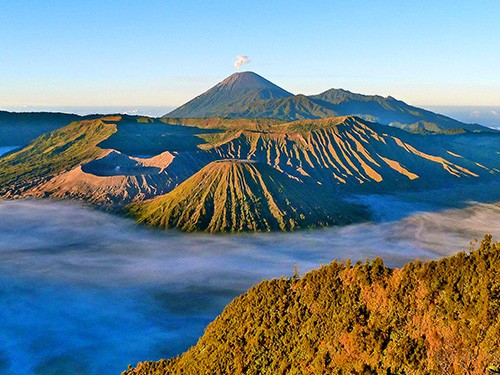
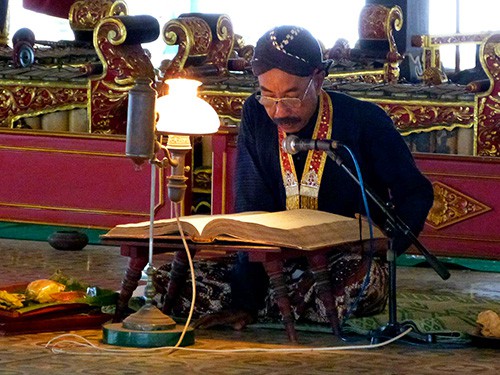
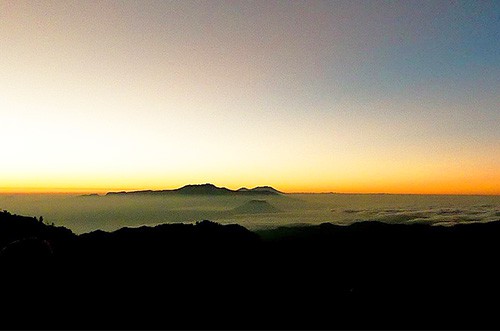
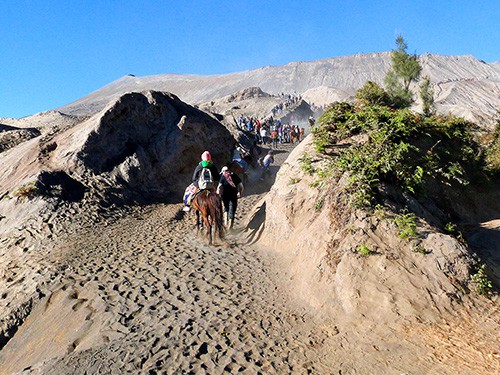
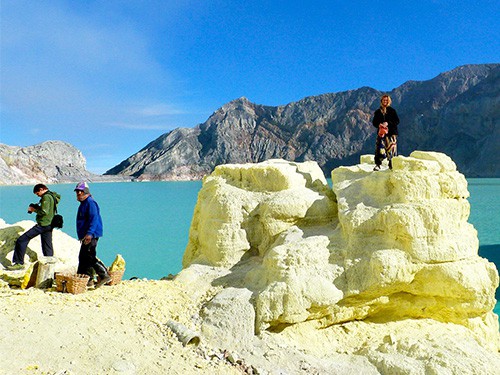
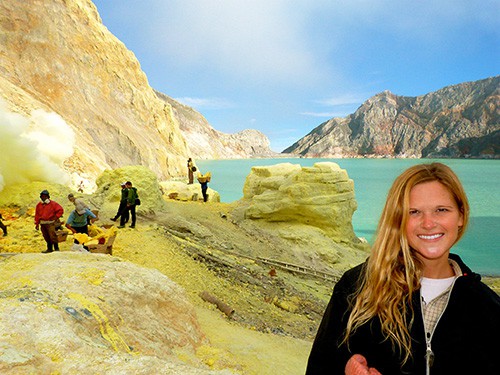
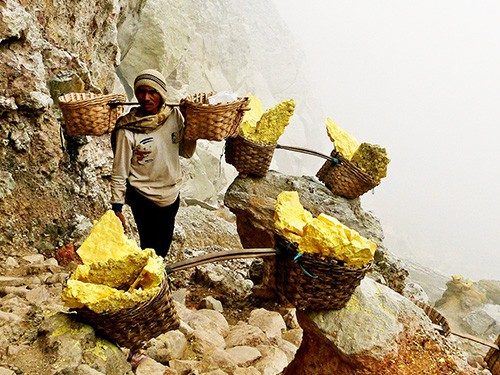
bromo is not only reached by tour. you can go from Cemoro Lavang 3 km by foot., greetings